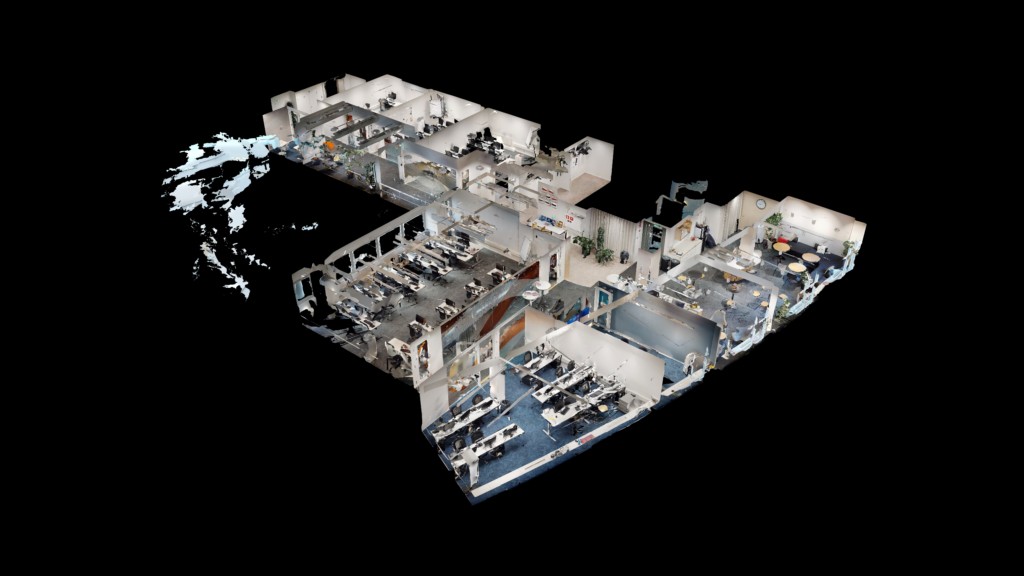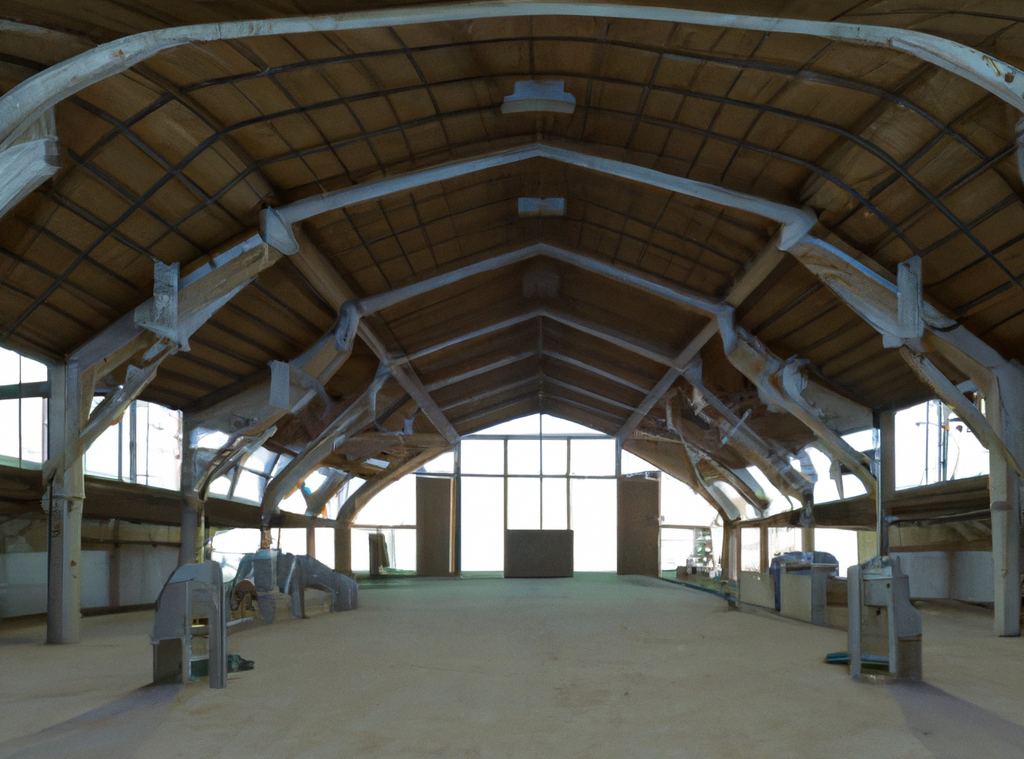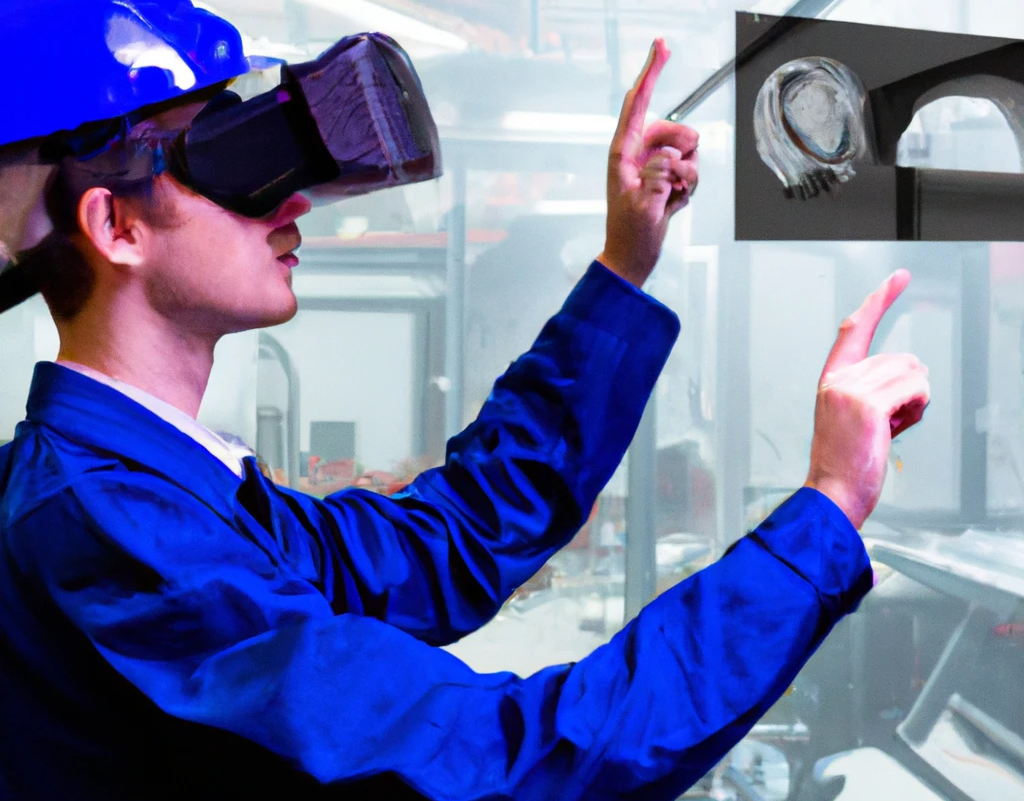Explore the value of the metaverse for manufacturers: digital twins and smart learnings

This article originated from an interview with Sulava’s Aki Antman (co-founder and CEO), Karoliina Partanen (Chief Future Scientist) and our Dutch sister company Iquality’s Remco van Toor (Software Architect), and John van Beek (CEO). It was first published on Iquality’s Linkedin page (article is Dutch) on 28th of February 2023.
Exploring the field
The concept of ‘the metaverse’ has been around for decades, but recent advances in technology have brought it closer to reality. The metaverse refers to a 3D immersive space combining the physical and digital world to create a new dimension of interaction. With its continued evolution and popularity, there is a great potential of transforming various industries, including manufacturing. This article takes a closer look at the impact of today’s metaverse on manufacturers, we discuss different cases and the importance of future-oriented technology fundamentals.
Enter today’s metaverse
Today, the metaverse looks a lot like what the internet looked like in the 1990s. As Aki Antman, CEO of Sulava, says: “Right now, as the metaverse is still in a very early stage, everyone has their own opinions about what it will be and how it will change our world, just as it was at the beginning of the rise of the internet. People tend to think of a Second Life 2.0, VR or AR when hearing the word metaverse, but that’s only a small part of what it is. It’s so much more.”
Remco van Toor, Software Architect at Iquality adds: “Currently I see it as a concept, not as a product or platform. A concept, for which the leaders and products that will play the biggest role have not been defined. Also, the possibilities of the metaverse are yet to be discovered, making experimentation and discovery a necessity. Just like the early days of the internet.”
“Nevertheless, it can already have a significant impact on the way we (remotely) work, collaborate, learn, and interact with each other. Take as an example fashion houses like Gucci or Louis Vuitton: they are already selling their clothes in the metaverse”, says Aki. Manufacturers can create virtual factories, allowing them to test and optimize processes, as well as to prevent damage. This can lead to better efficiency, increased quality, and lower costs. In addition, metaverse can also be used to connect factory employees in real time, not only to improve communication and collaboration, but also to train and mentor new or junior staff. “The only thing holding us back, is our own imagination. Its implementations could revolutionize the industry”, thus Aki.
The Game-Changing potential of Digital Twins
Digital twins, virtual replicas of physical objects, systems or environments created in the metaverse, could radically change the industry. Karoliina Partanen, Chief Future Scientist at Sulava, explains: “As an example, by utilizing data from digital twins and Internet of things (IoT), we can prevent damage, a fire, or a robbery at industries such as a farm. That can have huge impact.”

“Imagine this: a manufacturer with a large factory knows what damage they may experience to the factory over the years. For example, faults in electrical cabinets leading to a fire. By placing various IoT sensors, risk factors such as abnormal noises or elevated temperatures are early on signalized.”
“We created a 3D model in Matterport, the digital twin, of the terrain to communicate the risks to, in this case, the manufacturer. You can imagine that if there are thousands of sensors hanging in a room, it would be convenient for a farmer to be able to visually see via his smartphone exactly where a risk exists.”

“Because the 3D model is embedded in ‘Azure Digital Twin’, a Microsoft product, IoT data can be added to the model, resulting in the manufacturer being able to view risks on their smartphone and later see what caused them. In addition, they can test different scenarios, apply optimizations, and add automated workflows. In the long run, this is a way to be more profitable.”
The future of education
Another great potential is a cutting-edge approach to education that, as Karoliina puts it, seeks so many synergies on so many levels. Smart learning combines virtual reality (VR), augmented reality (AR), AI, and other advanced technologies to create realistic and engaging learning environments. Karoliina narrates: “This evolution of the metaverse within the field of education will entirely transform the way we utilize workforce and how traditional industries can be more appealing to youngsters. It will improve productivity, reduces downtime but, overall, it will transform the future workforce.”

She explains that smart training enables manufacturers to engage juniors or new hires in experiential learning, collaborate with others around the world in real time, and explore complex concepts. “We can capture the work that seniors or experts are doing in the field and have all the intelligence that factories have built up over time collected in a video. On top of that, we can utilize AI to categorize the material or create transcriptions and highlight certain parts. All without creating separate animations or organizing repeatedly training sessions,” explains Karoliina. Remco mentions: “The future generation is speaking fluent 3D, learned in animations or games. It’s their second nature, if not their first one.”
“What is even more exciting, is that staff members can learn and work from anywhere in the world. By using a HoloLens or some other XR headset, with the remote assist a colleague is just a call away when they would need something from someone on another premise. Later on, this data can be added to the databank and Q&A,” tells Karoliina.
“They can even run simulations of the virtual representation of a product line within the metaverse, allowing manufacturers to test different scenarios and identify potential issues before it is even built in the physical world! Again, our own imagination is what keeps us from exploring complex concepts”, tells Aki.
How to start building the metaverse
The above-mentioned examples have led to the insight that manufacturers can quickly start building with concepts of the metaverse by incorporating VR and AR technologies into their processes. To accomplish this, they will need a solid foundation. Remco explains: “To be ready for the future and make a move towards metaverse concepts it’s essential to work entirely digital. A company working in the cloud takes advantage of the latest advances and updates without needing to upgrade their own hardware or software. Cloud-based platforms offer more flexibility, agility, and scalability than on-premises systems, making it easier for companies to experiment, test, and iterate as they develop and integrate metaverse capabilities.”
“Now it is time to modernize outdated systems! So that as a company, you can take steps forward in the digital world and keep up with the rapidly evolving technology.”
– Remco van Toor, Software Architect at Iquality
The biggest pitfall lies with traditional legacy systems. Aki says: “For a new and inventive company, it’s easier to use the latest technologies from the start. Going back to the internet example, it took much longer for legacy companies to use the internet.” Remco adds: “That’s why now it is the time to modernize outdated systems! So that, as a company, you can take steps forward in the digital world and keep up with the rapidly evolving technology.”
Making dreams come true through the metaverse
Where Aki hopes the metaverse will take him? He says: “I would love the metaverse, if it allowed me to stay connected with my kids. They already use and live in the metaverse and in the virtual world, so I’m not getting obsolete. In addition, I would like us as a company, together with our sister companies, to benefit from this market change and the potential it has. But especially for our customers.”
Karoliina therefore hopes that “it can fulfill all my dreams that didn’t happen in real life”, and Remco hopes that the metaverse will be as life changing as the internet has become over time.
Better connected with Sulava and Iquality
Both Sulava and Iquality are part of The Digital Neighborhood and are both committed to thriving digital innovation. Together we open new opportunities, accelerate impact and create unique solutions for our clients.